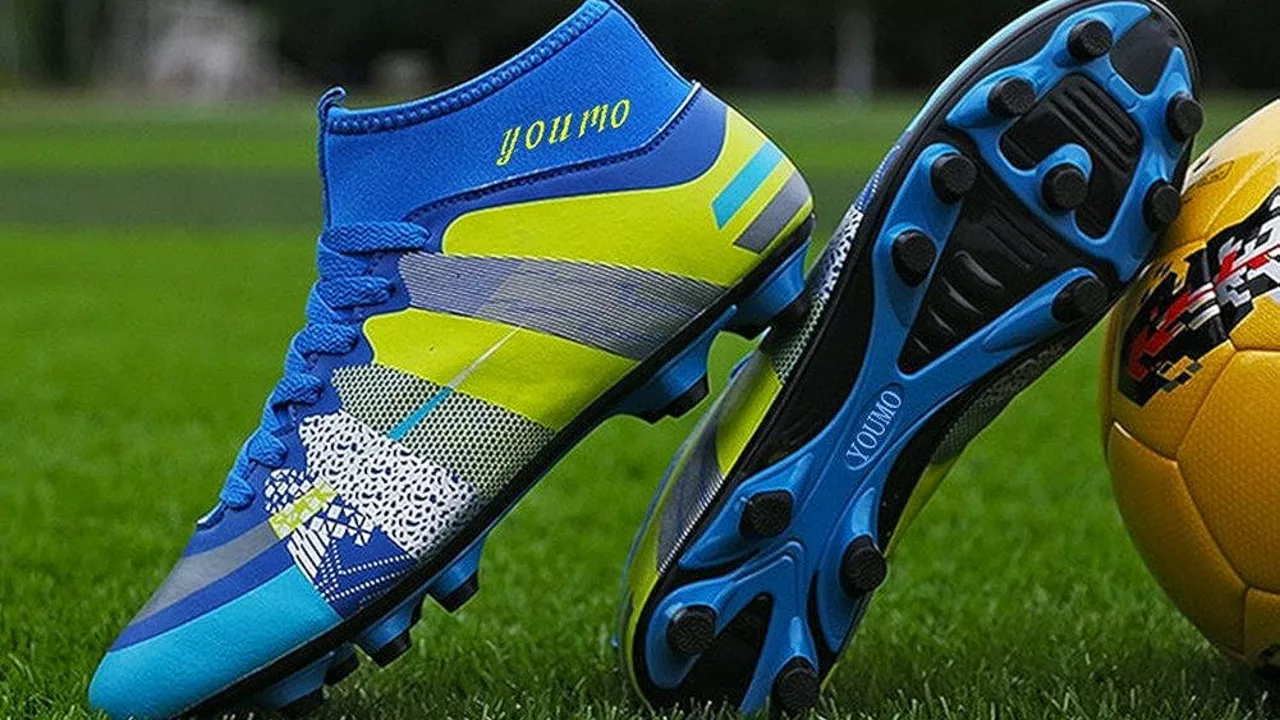Soccer Shoes – The Simple Way to Choose the Right Pair
If you’ve ever stepped onto a grass field in shoes that felt like a rock, you know how much the right soccer shoes matter. The right pair can give you better grip, sharper turns, and less pain after a 90‑minute match. Below we cut through the jargon and give you straight‑forward advice you can use today.
What Makes a Good Pair of Soccer Shoes?
First, think about the surface you play on. Most pitches fall into three categories: natural grass, artificial turf, and indoor. Grass boots usually have longer, conical studs that dig in for traction. Turf shoes have many short, rubber studs that spread pressure and prevent slipping on synthetic grass. Indoor shoes are flat, with a non‑marked sole for smooth courts.
Second, fit matters more than brand. A shoe that’s too tight will bruise, while one that’s too loose will let your foot slide inside, killing control. When you try them on, there should be a thumb’s width of space between your longest toe and the front of the shoe. Also, lace them up fully – a snug lace lock keeps the foot stable during sudden cuts.
Key Features to Look For
Material. Traditional leather offers a soft feel and molds to your foot, but it can be heavier and needs more break‑in time. Modern synthetic uppers are lighter and dry faster, which is handy in wet weather.
Stud configuration. Day‑cleats (long studs) work best on firm natural grass. If the ground gets muddy, consider mixed‑stud shoes that combine long and short studs for balanced grip. For firm artificial turf, a set of many small studs spreads pressure and reduces hot spots.
Weight. Lighter shoes help with speed, but they can feel flimsy if you need extra support for tackled play. Find a balance that matches your position – forwards often prefer lighter boots, while defenders may want a bit more cushioning.
Support. Look for a reinforced heel or ankle collar if you have a history of ankle twists. Some models add a mesh lining for breathability, keeping your feet cooler during long sessions.
How to Keep Your Soccer Shoes in Shape
After each game, brush off mud and let the shoes air‑dry at room temperature. Don’t expose them to direct heat – it can warp the studs and crack the material. Use a shoe‑shape insert or pack them loosely in a bag to keep the toe box from collapsing.
If the studs start to wobble, replace them if your model allows it. Some premium boots come with replaceable studs, which extends the life of the shoe and saves money.
Top Picks for Different Needs (Quick Look)
Speedy forwards: Lightweight synthetic boots with a low‑profile stud pattern.
Hard‑working defenders: Leather uppers with reinforced heel and mixed studs for stability.
All‑weather players: Hybrid boots that work on both grass and turf, offering versatile stud layouts.
Don’t feel pressured to buy the most expensive pair. Many mid‑range shoes deliver the same grip and comfort as premium models. Test a few in the store if you can, but online reviews are also helpful – just look for comments on fit and durability.
Bottom line: match the shoe to the surface, get a snug fit, and pick a material that feels right for your style. With those basics, you’ll step onto the pitch with confidence and maybe even a little swagger.
